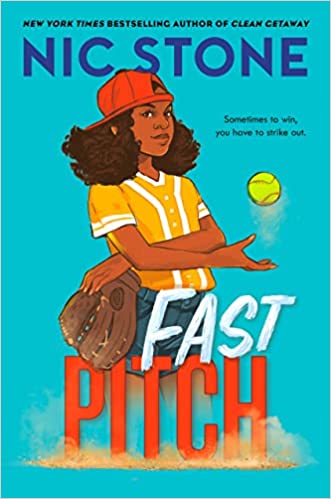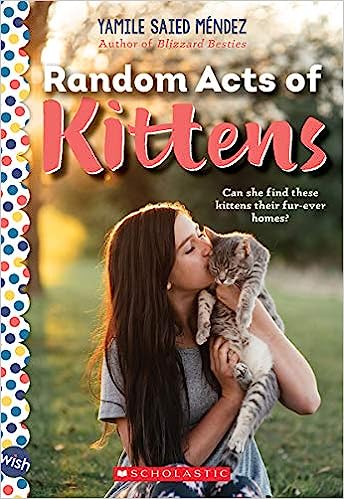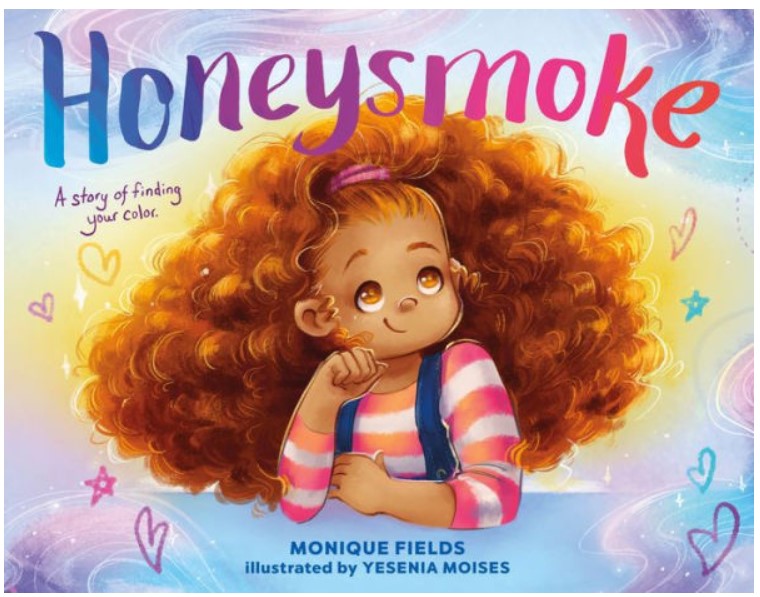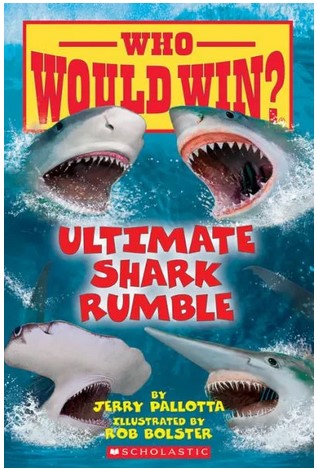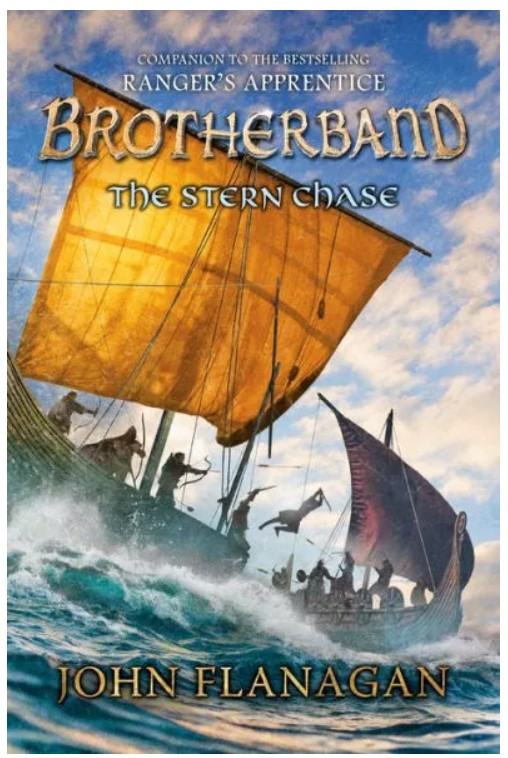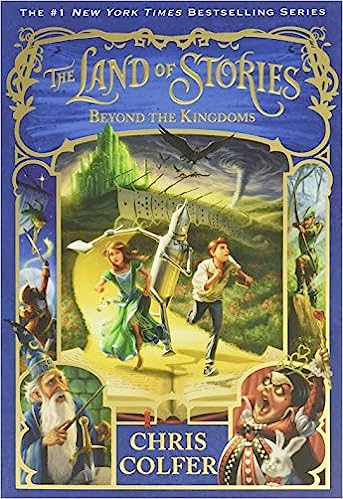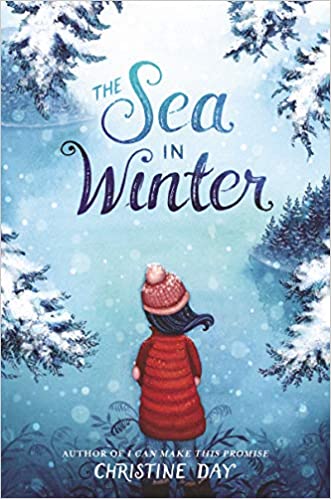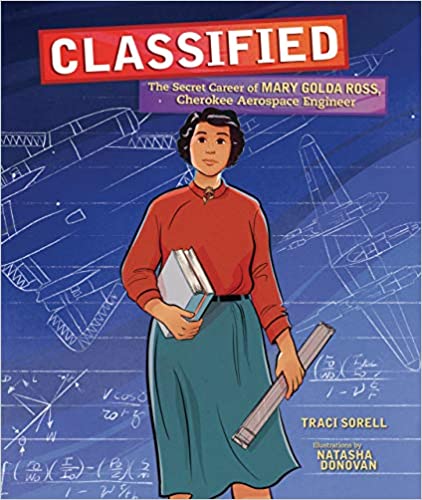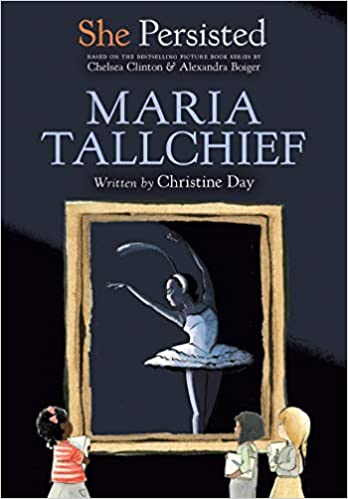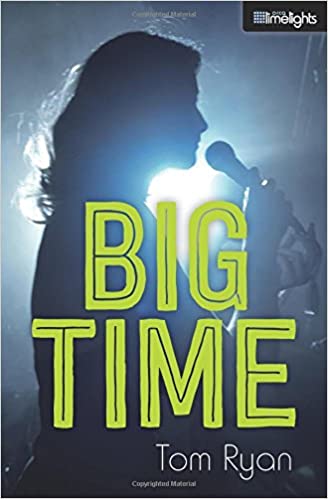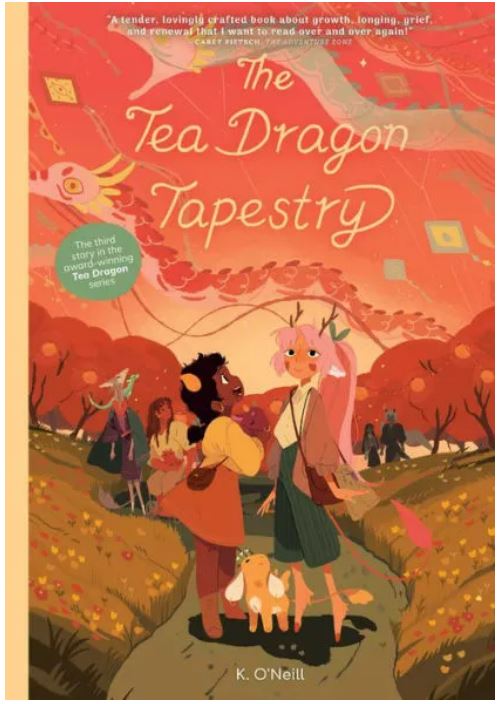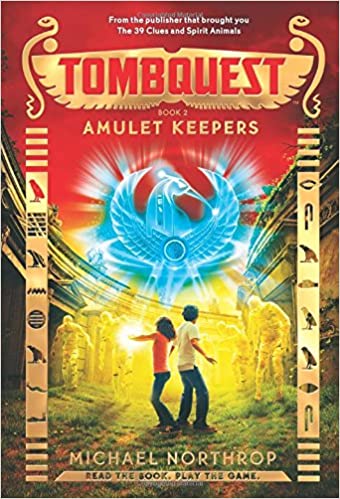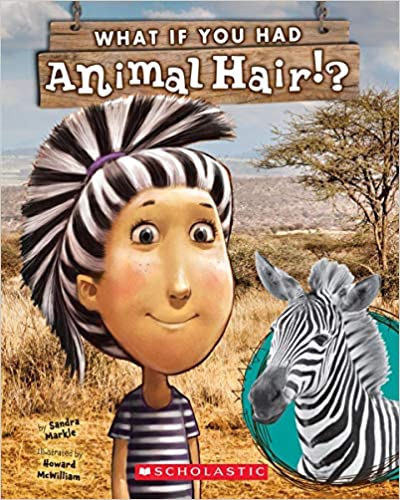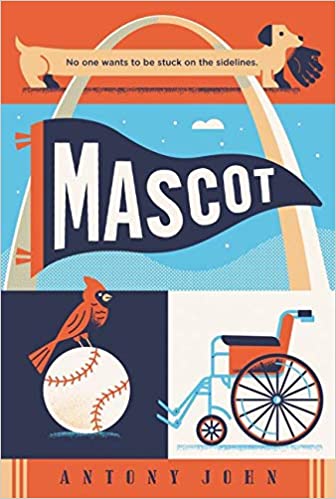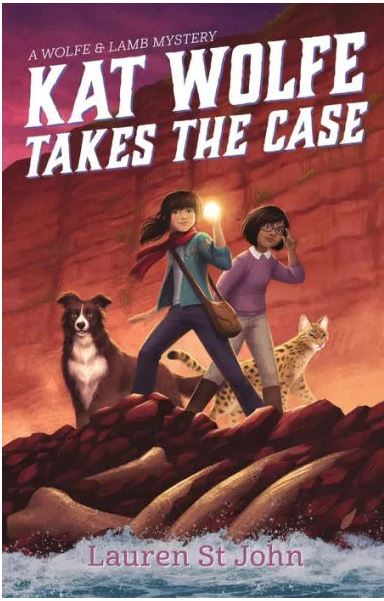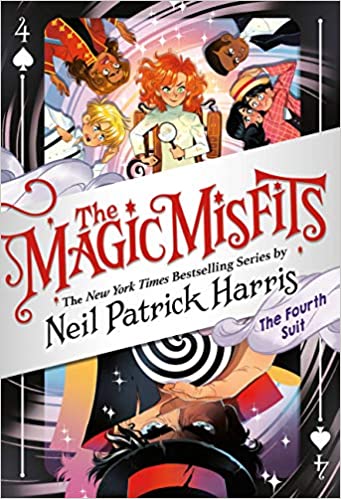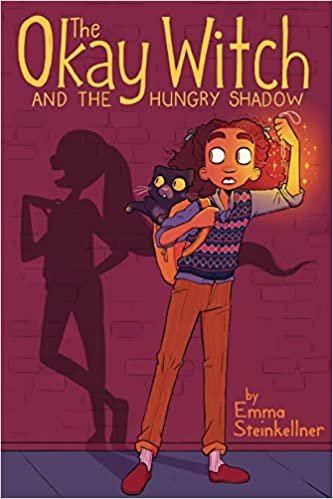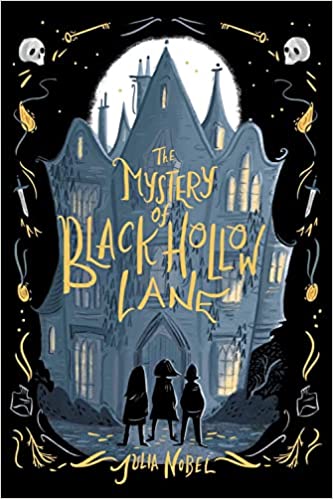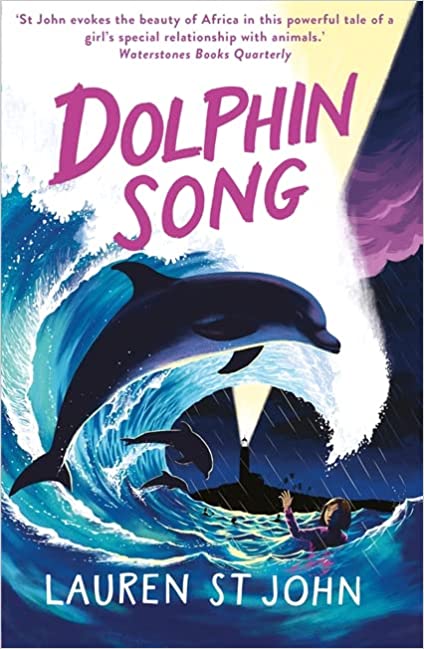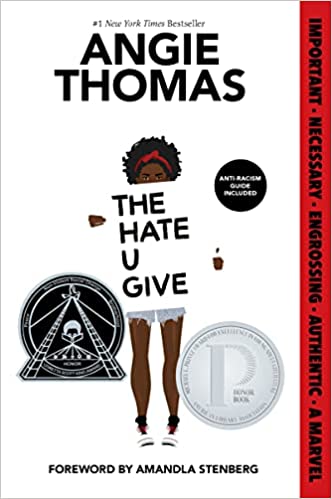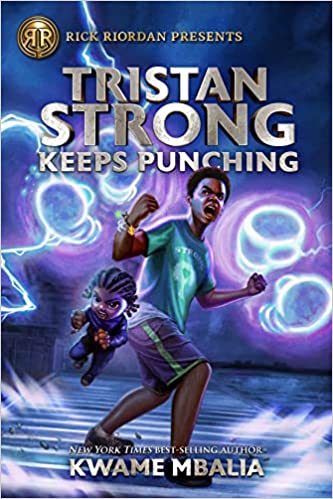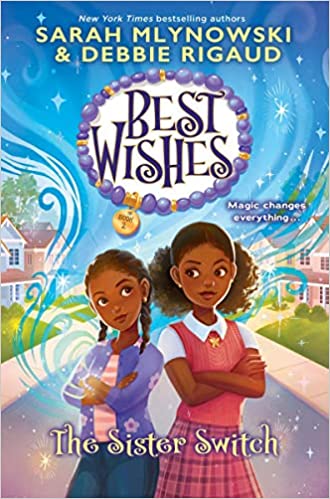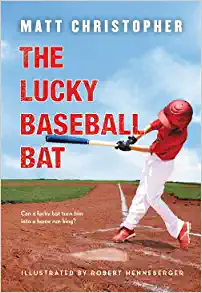Twelve-year-old Shenice Lockwood is the captain of her 12U softball team, the Fulton Firebirds, and she has only one goal this season: to win the DYSA 12U World Championship title. Not only would a championship reaffirm the obvious talent of her teammates, but it would also send a bigger, more important message to the softball world. That message would be that her all-black softball team belonged in their all-white league and deserved recognition and respect.
However, when Shenice learns that her great grandpa JonJon’s baseball career was ruined by a crime he didn’t commit, she seeks the help of her Uncle Jack to uncover the truth of her family’s past. Faced with the pressure and the impossible decision between clearing her family’s name or leading her team to victory, Shenice must make a fateful choice that will forever change the game of softball.
From the start, readers will fall in love with the spunky, energetic Shenice Lockwood, who tells this story in her own humorous, yet authentic manner. Many readers will find Shenice’s heart to lead, love, and serve admirable. Her actions and decisions reveal a protagonist who’s determined to seek the truth and fight for equality. Whether it’s leading her teammates on a championship run, clearing an incident that put her great grandfather JonJon in jail, or admitting her feelings for her best friend Scoob, Shenice portrays the realistic struggles of a twelve-year-old girl amidst a topsy-turvy life.
Alongside Shenice, the book features several exciting side characters that push Shenice toward action and reflection. Whether it’s Shenice’s Uncle Jack, her hot-headed best friend Britt-Marie Hogan, or her teammates, Shenice’s interactions with these characters will keep the readers engaged with their quippy dialogue, profound revelations, and heartfelt conversations. Although Shenice doesn’t display drastic character growth, her view of softball does change, and she learns that some things, like winning a championship trophy, aren’t so important in the grand scheme of things. One of her teammates highlights this lesson by telling Shenice that “I did want to win, even just to make my dad proud. But what you were doing felt super important. And I think he would’ve been proud of me helping with that, too.”
Of course, the sport of softball plays a major role in the book, and readers will enjoy the frequent, fast-paced game scenes that break up the surrounding plotline. Thanks to the realistic plays, descriptions, and lingo, readers will feel completely immersed in the game of softball. The story also uses these game sequences as an important motivator for Shenice by reminding her of her great grandpa JonJon and her vow to clear his name.
By exploring the fractured relationship between the white and black communities, Fast Pitch addresses deeper topics such as discrimination in sports and the present-day struggles of the black community. Throughout its short eighteen chapters, the story captures the problem of inequality from a very mature perspective. Shenice’s troublesome experiences teach her to not ignore the past but to “dust [herself] off and get [her] head back in the game” despite the difficulties and hardships. As a result, she learns to overcome the various ways of discrimination in her life, like hurtful insults and Confederate flags. She chooses to pave her own future through the inclusion, recognition, and love for others on her softball team. Overall, Fast Pitch is more than just a softball story — it’s a tale that emphasizes the importance of love, family, and equality through a young girl’s quest to win a championship trophy.
Sexual Content
- Shenice Lockwood’s parents listen to their favorite song and then, “they’re just smoochin’ away like nobody else lives here.”
- Shenice develops feelings for a friend named Scoob. Her “face gets warm” and “palms go damp” when she’s around him.
- On multiple occasions, Shenice says something about Scoob and how he makes her feel. For example, she wonders, “has he always had that cute mole under his eye . . . which for some reason is making my heart beat faster [and] which sparks all these swirly-tummy feelings?”
Violence
- Shenice relays a memory where a girl slid into her ankle during a game. When Shenice tried to block home plate during a close play, the girl slid into her and “ripped through my tall socks and took out two large (for a nine-year-old, at least) chunks of my flesh. There was blood everywhere.” Her ankle is fractured.
- Shenice slices her arm open on a shard of wood sticking out from a damaged door. She falls unconscious and finds herself in the hospital for treatment. “My right shoulder hits something that causes a snap, and then there’s a searing pain in my left forearm.”
Drugs and Alcohol
- None
Language
- When surprised, Shenice exclaims, “oh my god.” She does this several times.
- Shenice tells her best friend to “shut up.”
- Once, Shenice utters, “dang it,” in frustration.
- One of Shenice’s teammates calls an opposing team’s girl an “apple-haired she-devil.”
- “Idiot” is used once.
- Once, the coach calls an opposing team “bigots.”
- Several characters in Shenice’s team create creative nicknames for others, like “sour green-with-too-much-envy white dude.”
Supernatural
- None
Spiritual Content
- Shenice’s mom begins one breakfast with a prayer: “Let’s say grace and get to eating before Li’l Man inhales the table.”
- Shenice’s mom says “A-MEN” to affirm that Shenice’s grandparents are watching Shenice up from heaven.
- Shenice acknowledges that “divine intervention” has helped everything fall into place.
- Shenice visits her Uncle Jack at the hospital. Shenice “did something I don’t typically do: I prayed.”
- Shenice believes that her great grandpa JonJon and great uncle Jack are “together again in whatever nice place we go after we’re not in our Earth bodies anymore.”
